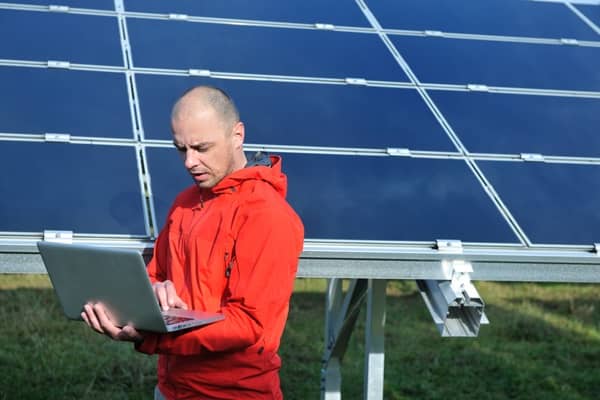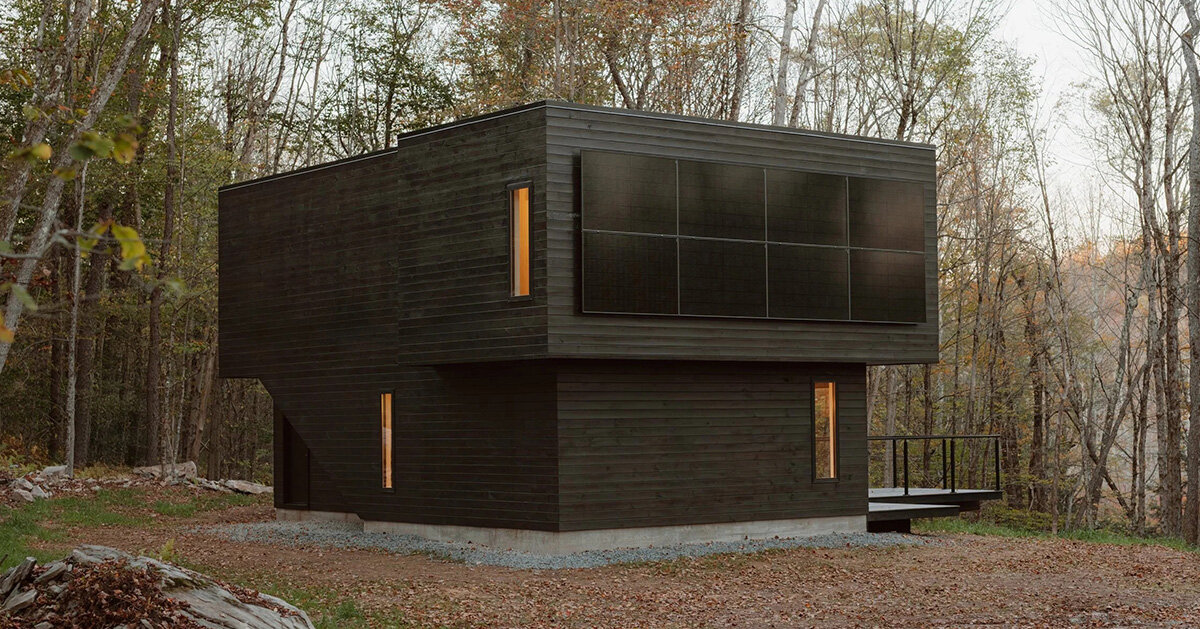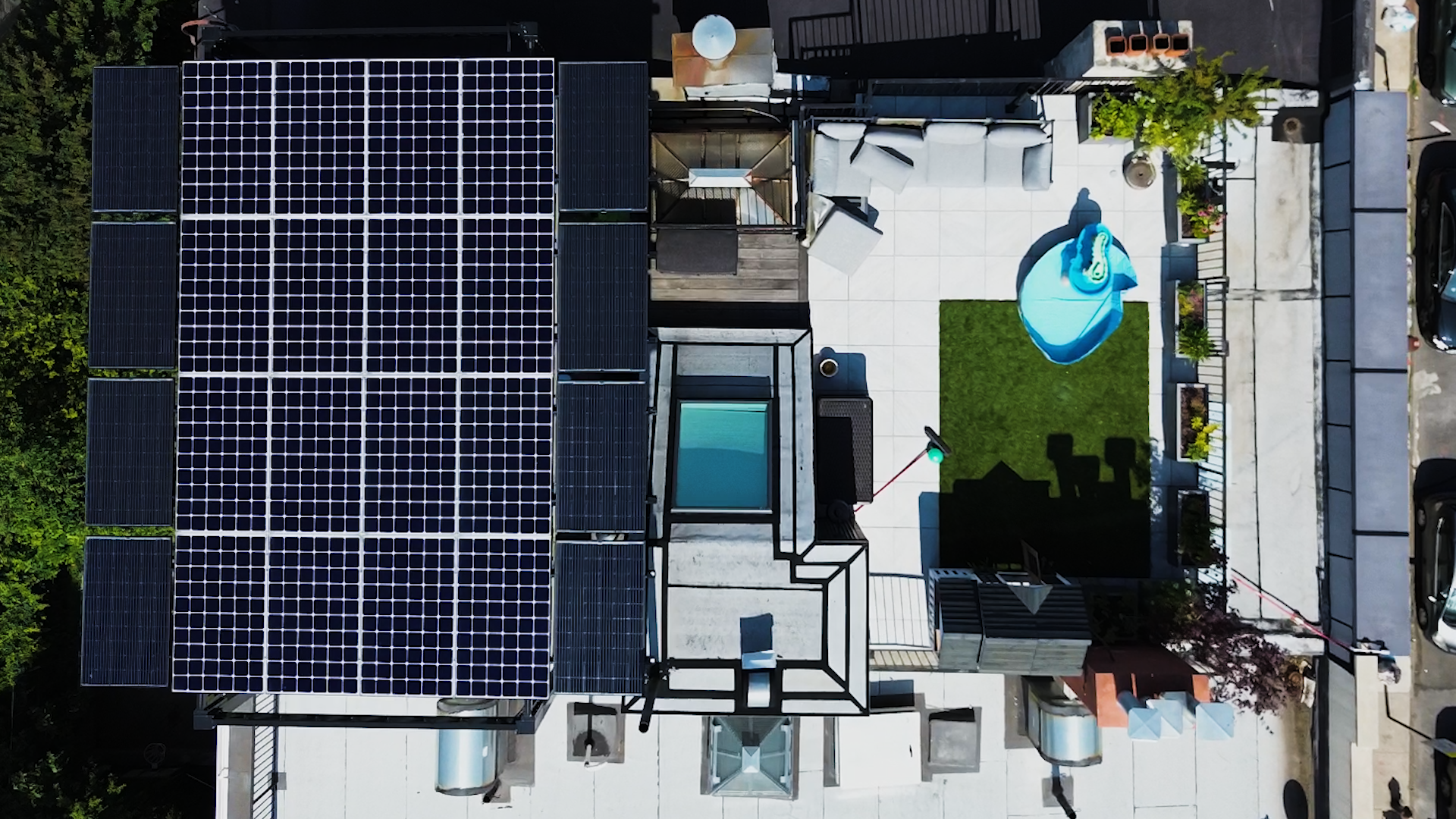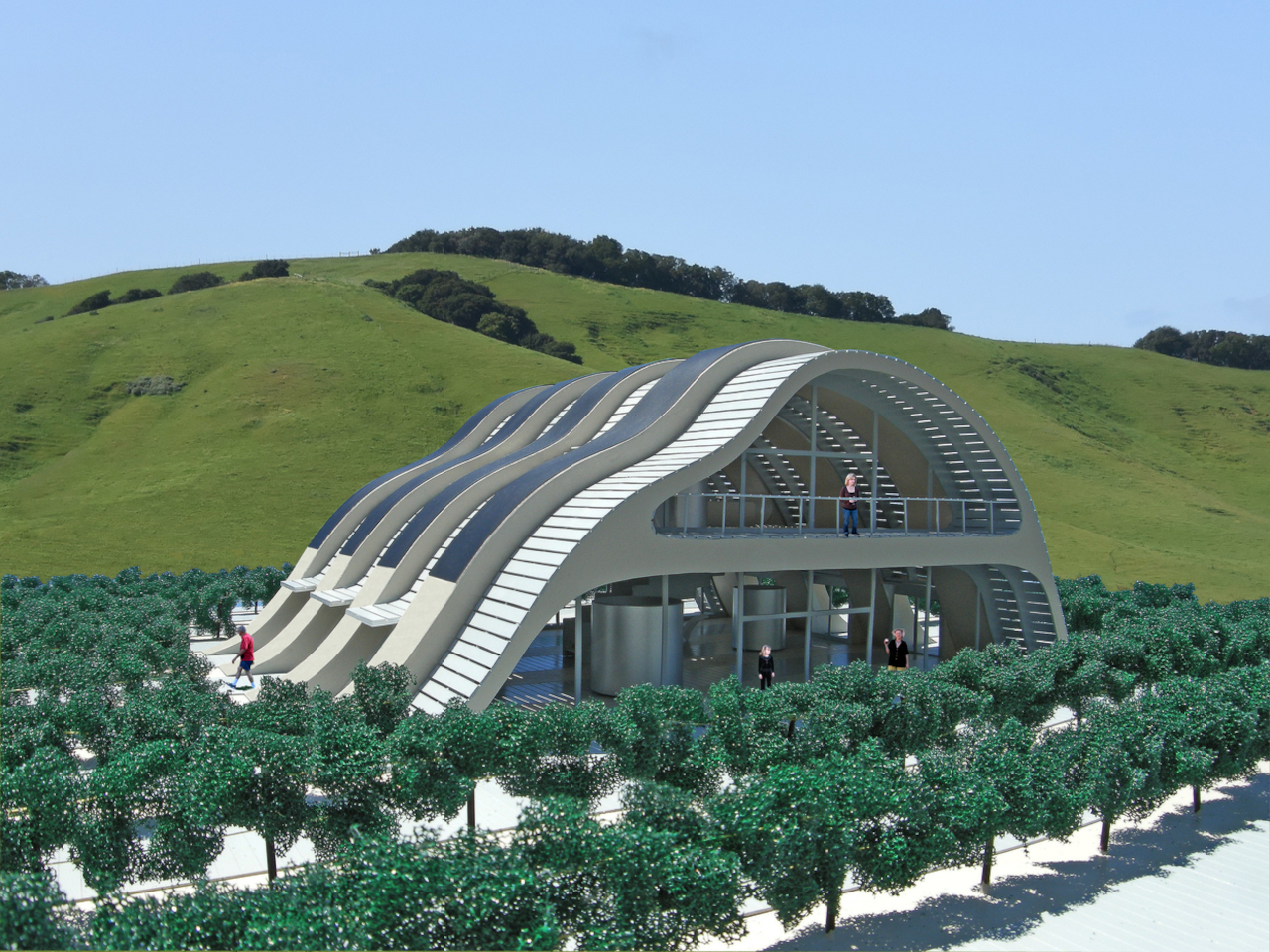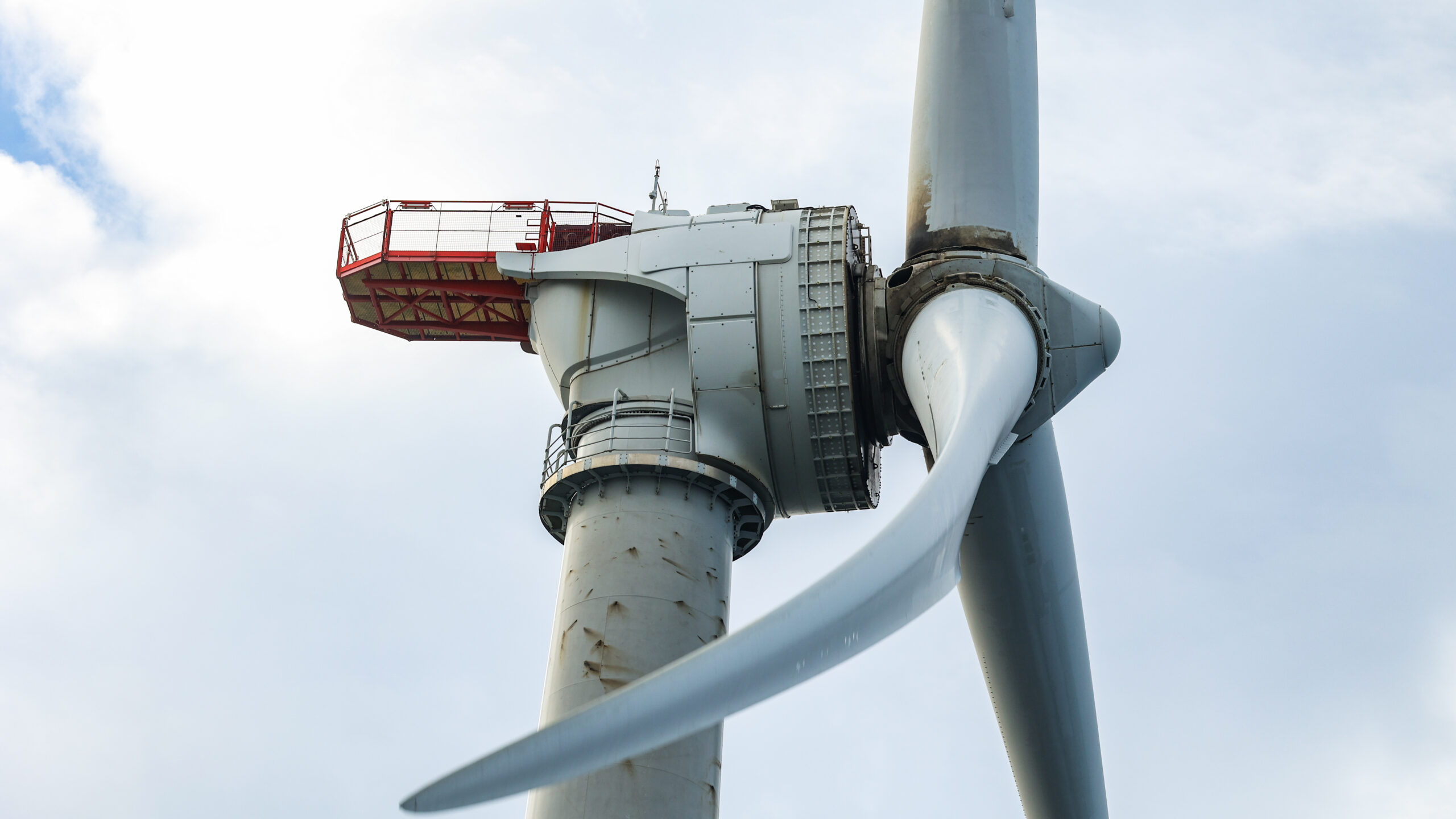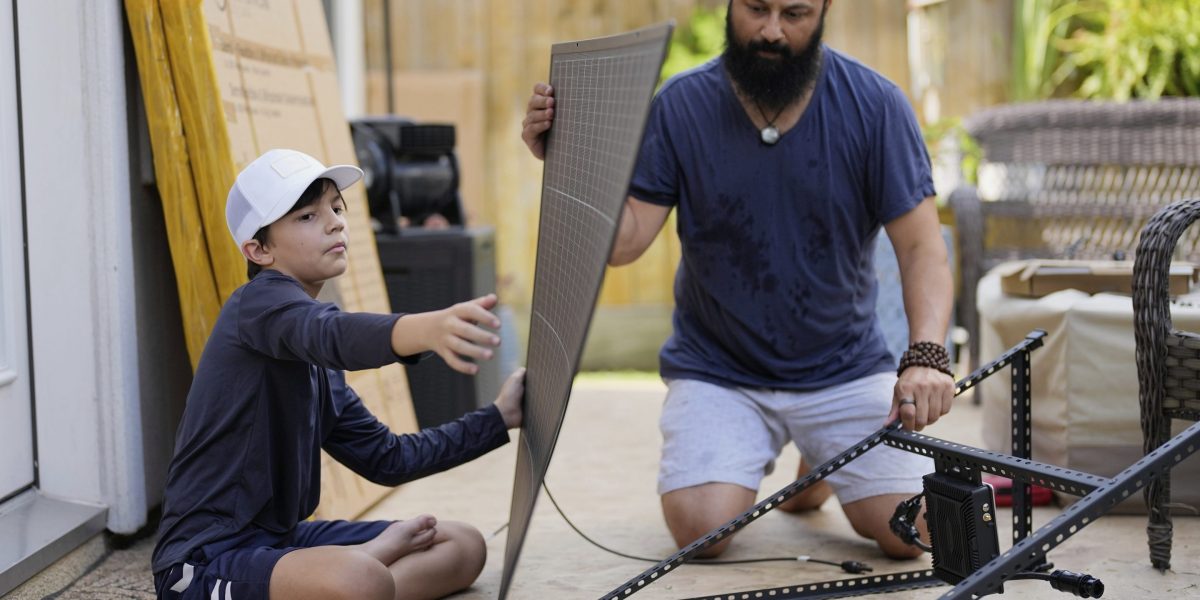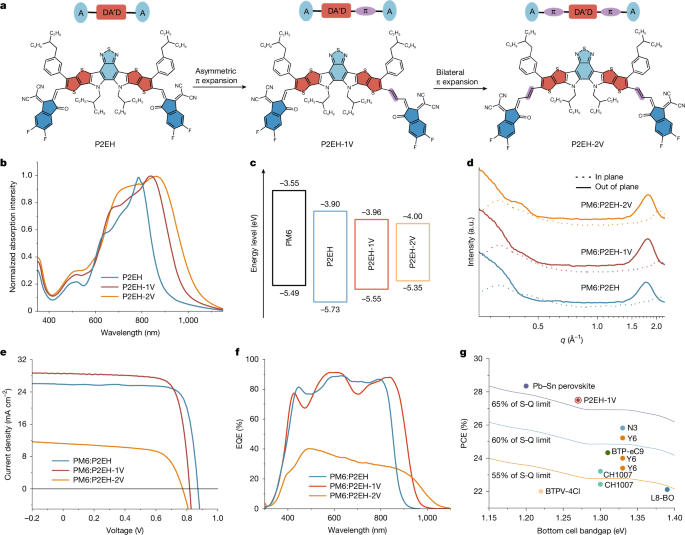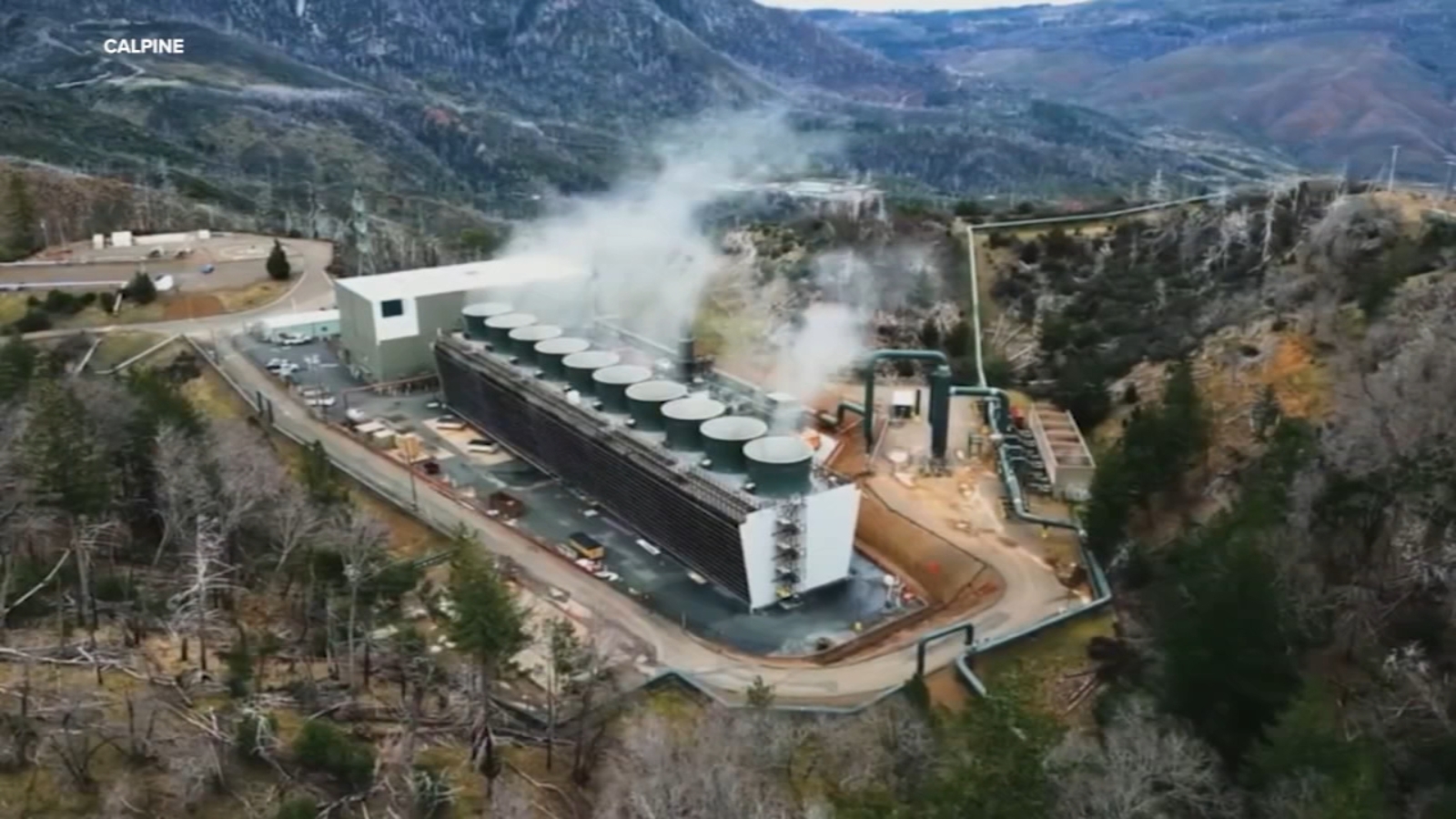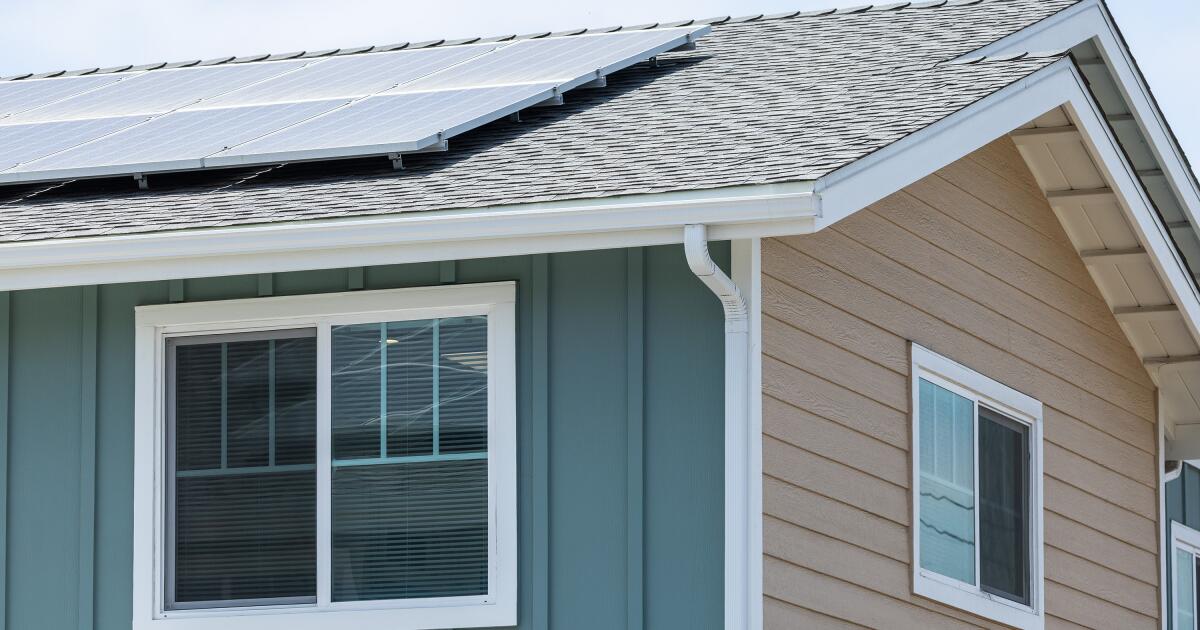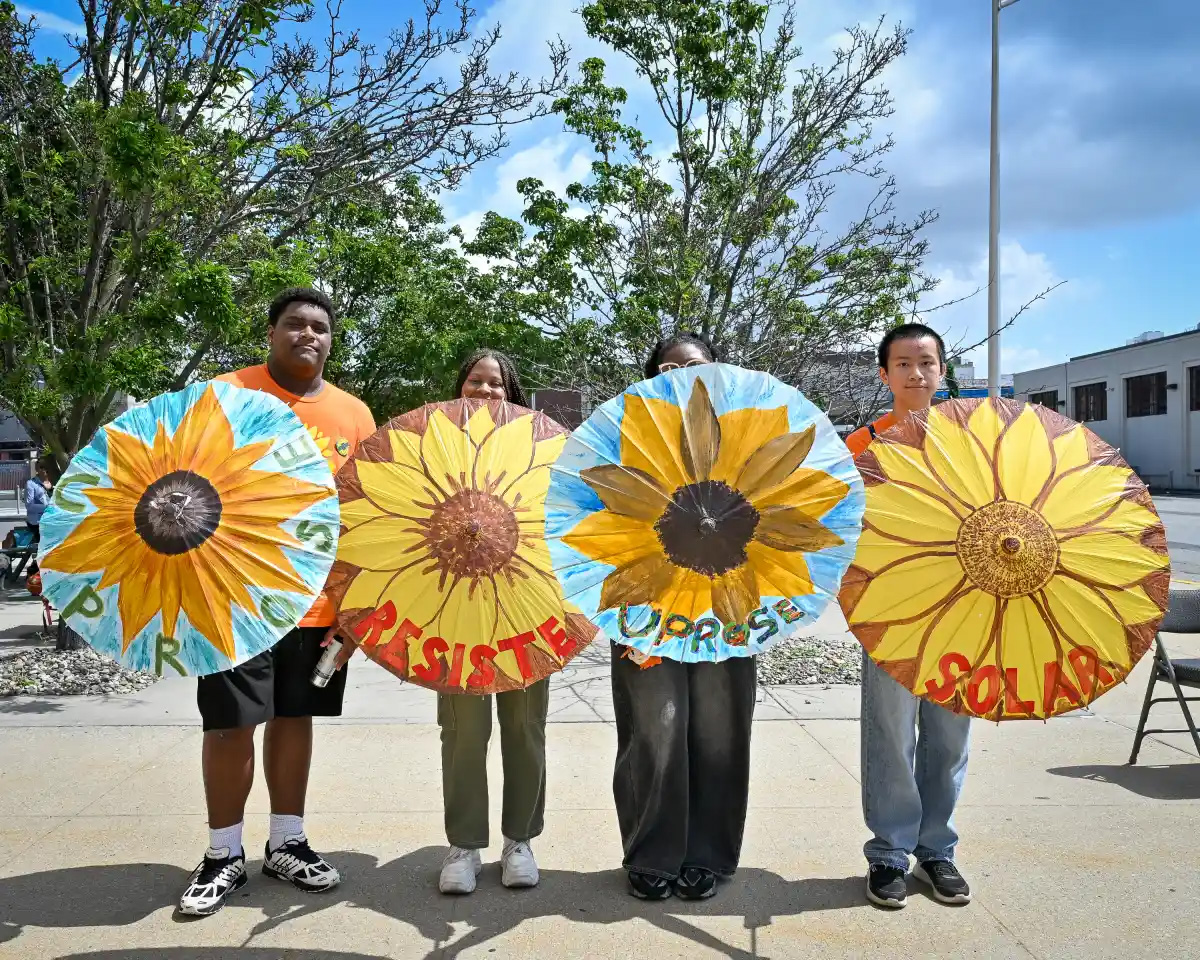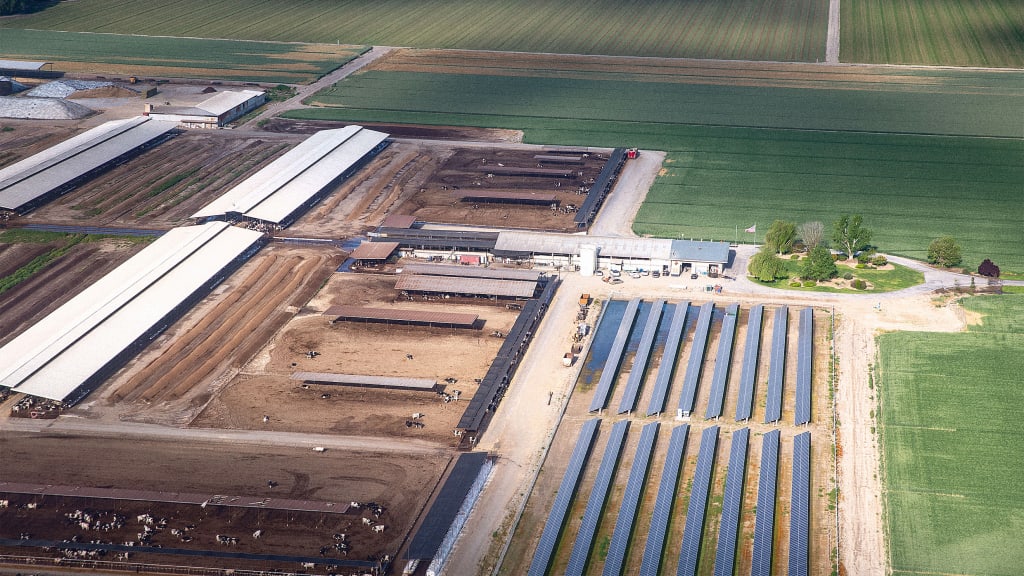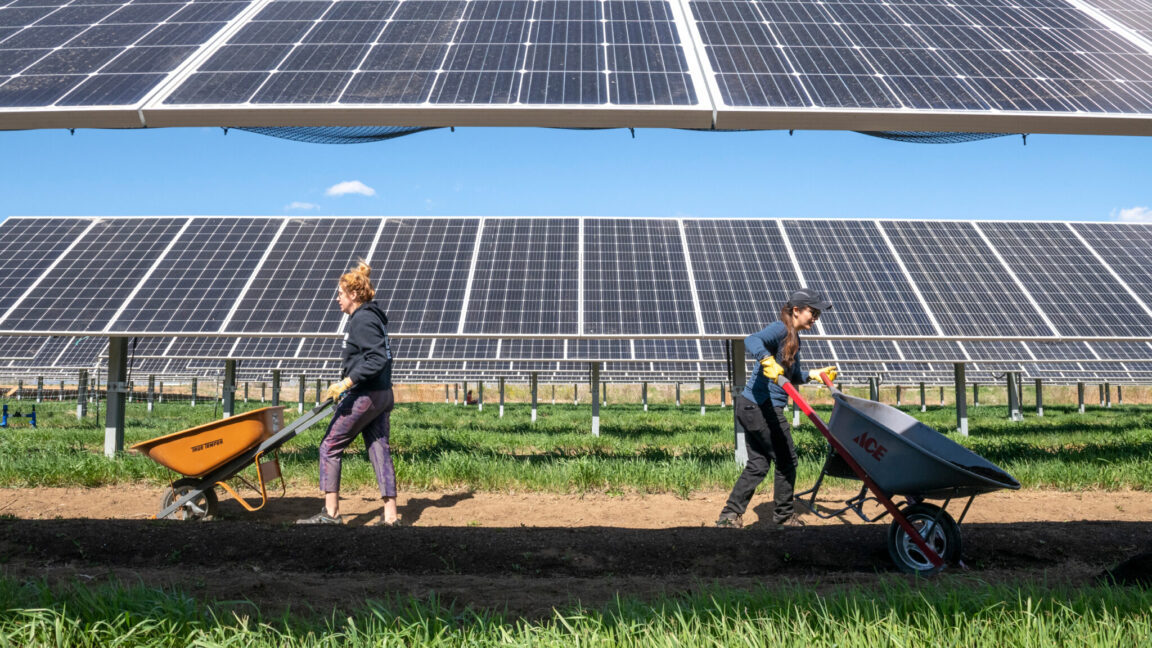#solar-energy
#solar-energy
[ follow ]
fromThe Mercury News
2 weeks agoNapa Valley College's $7.5 million solar field was once a model. Now it sits dead in the weeds
NVC proudly featured the solar field on the cover of its 2005-06 Report to the Community. Accolades followed. A Korean TV crew came to film a segment in spring 2007, and the 2007-08 Napa County Grand Jury report commended the college for the solar installation as well as a new cooling system that worked by circulating chilled liquid, saying both could serve as national models for reducing emissions.
Environment
fromEarth911
3 weeks agoBest of Sustainability In Your Ear: Newday Impact's Doug Heske on Responsible Energy Investing
Doug and Earth911's Mitch Ratcliffe launch a series of conversations about making informed decisions about stocks and funds, beginning with a comparison of the emerging solar and declining fossil fuels industry. In this episode, we'll look at Sunpower, First Solar, Canadian Solar, Sunnova, and Tesla, all stocks Doug suggests are core energy holdings for the future, as well as Exxon Mobil, Chevron, British Petroleum, and Royal Dutch Shell,
Environment
fromBig Think
1 month agoThe true cost of "solar power at night" with Reflect Orbital
A combination of increasing populations, the widespread development of heating and cooling, a reliance on modern electronics, and the introduction of new energy-intensive technologies (such as the blockchain, smart technology, and artificial intelligence) are among the factors driving our rising energy needs. Sure, we can always build more power plants, but what about the simple solution of increasing the efficiency and production of already-existing plants, particularly the ones that only see part-time usage: wind and solar.
Environment
fromwww.theguardian.com
1 month agoTrump officials cancel major solar project in latest hit to renewable energy
The super project in southern Nevada was set to cover set to cover 185 sq miles a footprint close to the size of Las Vegas and include seven solar projects proposed by different companies, including NextEra Energy Resources, Leeward Renewable Energy, Arevia Power and Invenergy. Together, the network of solar panels and batteries was set to produce 6.2 gigawatts of energy, or enough to power nearly 2m homes.
US politics
fromTechCrunch
1 month agoMicrosoft buys another 100 MW of solar, this time in Japan | TechCrunch
Microsoft is buying 100 megawatts of solar capacity from Japanese developer Shizen Energy, the latest in a string of renewable energy deals designed to power the tech company's growing compute needs. The agreement, which the companies announced late last week, covers four different solar developments; one is already operating and three are under construction. The deal covers output from the plants for 20 years. Seattle-based Microsoft already operates two data centers in Japan. Microsoft's compute capacity is slated to expand as the company invests $2.9 billion in the country over the next year.
Environment
fromYanko Design - Modern Industrial Design News
2 months agoJaza Energy Hubs light up communities and empowers women - Yanko Design
Jaza Energy Hubs, created by the Nigerian‑based studio Nonfiction Design, have quickly become a model of clean, affordable energy for off‑grid villages. The project showcases a modular solar hub that can be shipped flat, unpacked and assembled in a single day with only basic tools. Each hub generates enough electricity to run lights, phones, fans and small shop equipment, replacing costly and polluting diesel generators and kerosene lamps.
Environment
fromwww.theguardian.com
2 months agoMisinformation, fear and politics how a South Dakota county drove away millions in solar energy
Like most of South Dakota, Walworth county is built on farming. To the east of Selby, the county seat, vast fields of soybeans and wheat grow between roads that run straight to the horizon. To the west, beyond the county line, the Standing Rock Indian Reservation spreads across miles of rumpled green prairie studded with creamy erratics and dark clumps of trees.
US news
fromwww.theguardian.com
2 months agoHopes rise for green economy boom at Africa Climate Summit
Richard Muyungi, the climate envoy and adviser to the president of Tanzania, said: Africa is ready to be part of [the global fight to stave off climate breakdown] provided we are supported with finance, technology and capacity-building. There has been an increase of investments in some areas but Africa still needs a lot of financing to be able to be part of the global solution, and to address the challenges we are facing.
Environment
E-Commerce
fromLondon Business News | Londonlovesbusiness.com
4 months agoThe operator quietly slashing energy bills for UK industry - London Business News | Londonlovesbusiness.com
Pharaoh Capital provides cash-free solar solutions that significantly reduce electricity costs for UK industries without upfront investment.
fromArchDaily
4 months agoWorks by TAKK and ecoLogicStudio on Display at the Second Edition of the Solar Biennale at Lausanne's Mudac Museum
"The aim of The Solar Movement is to establish solar design as a recognized design driver worldwide, focusing on cultural dimensions rather than purely technical aspects."
Design
Canada news
fromdesignboom | architecture & design magazine
4 months agocolorful solar facades and photovoltaic murals power up the sunrise tower in alberta, canada
Solar facades and photovoltaic murals on the SunRise tower in Alberta significantly reduce carbon emissions and enhance aesthetics while honoring cultural heritage.
fromRedfin | Real Estate Tips for Home Buying, Selling & More
4 months agoSelling a House With Solar Panels-Will It Make or Break the Sale?
Homes with owned solar panels are rarely harder to sell and can be a selling point that helps the home sell faster. According to a 2024 National Association of Realtors survey, real estate agents found that rooftop solar panels can increase perceived home value as buyers look to save money on energy costs.
Real estate
Ruby on Rails
fromBerlin Startup Jobs
4 months agoJob Vacancy: Full-Stack Software Engineer, Ruby on Rails (m/w/d) at Solar Startup // VREY | IT / Software Development Jobs | Berlin Startup Jobs
VREY develops Energy OS to implement solar energy solutions for over 3 million multi-family buildings in Germany.
fromSilicon Canals
4 months agoDutch startup Solarix secures 5.5M to advance design-driven solar facades - Silicon Canals
Solarix, based in the Netherlands, has secured €4.2M in funding to advance its innovative coloured solar panels, focusing on in-house assembly and colour technology.
Startup companies
fromFortune
5 months agoTrump's 'Big Beautiful Bill' is threatening to upend multi-billion dollar investments promising thousands of new jobs for a Georgia town
Those companies came and it gave us a completely different type of industry and manufacturing for our community, suggesting the transformative potential of these investments.
US politics
fromianVisits
5 months agoUK's largest solar farm to power London Transport in green energy deal
This is exactly the kind of leadership we need from major public bodies to unlock investment in clean energy infrastructure. TfL is helping to bring forward large-scale UK solar - the cheapest and quickest form of new electricity generation.
London food
Gadgets
fromYanko Design - Modern Industrial Design News
5 months agoDIY project helps you build your own solar generator inspired by NASA - Yanko Design
DIY solar generators are increasingly accessible and affordable for everyone.
Building a solar generator can help reduce electricity bills and environmental impact.
A video tutorial offers guidance on creating your own solar-powered generator.
[ Load more ]



